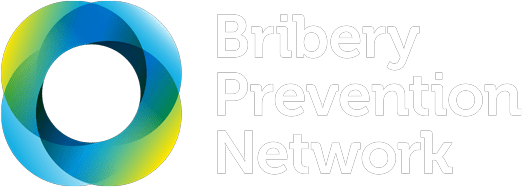Monitor for bribery and corruption and assess the effectiveness of controls across your operations.
This collection of resources offers guidance on designing and implementing systems and processes that support the early detection of bribery risks. Discover resources that will support you to continuously adapt and improve your business’ anti-bribery and corruption systems.
